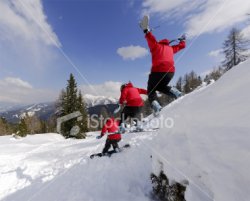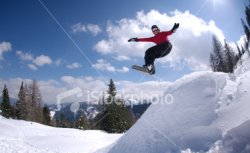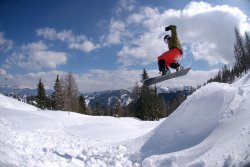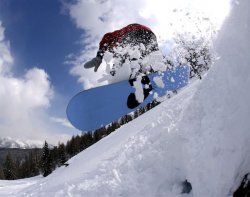I live in Hawaii ,, and am going skiing in a few weeks, am planning on getting
,, and am going skiing in a few weeks, am planning on getting
a DSLR, and i was wondering what considerations i should take in account for
the cold... i want to shoot my son doing jumps... on his snowboard.
i am planning on getting either a 30d used from my friend, with a 17-55 f4 and a 70-200 , for $800 (no image stabilizer in either lens...)
... or getting a new 40d, with the kit lens , for like $1400... 28-135mm EF lens f/3.5-5.6 IS USM zoom....
wouldnt be able to buy any other lens for awhile, till after i paid off the credit card... but ...
as far as for taking the pictures in the cold, sitting on the side of the jump/box or whatever that the younger set jumps on/over while snowboarding...
is it usually better to have the trees in the background? or the sky,??
and do i have to take special care of the camera/lens when it's cold like that, i think it gets to 15 -20 at night , and highs from 25 -45 in the day...
thanks... FP
a DSLR, and i was wondering what considerations i should take in account for
the cold... i want to shoot my son doing jumps... on his snowboard.
i am planning on getting either a 30d used from my friend, with a 17-55 f4 and a 70-200 , for $800 (no image stabilizer in either lens...)
... or getting a new 40d, with the kit lens , for like $1400... 28-135mm EF lens f/3.5-5.6 IS USM zoom....
wouldnt be able to buy any other lens for awhile, till after i paid off the credit card... but ...
as far as for taking the pictures in the cold, sitting on the side of the jump/box or whatever that the younger set jumps on/over while snowboarding...
is it usually better to have the trees in the background? or the sky,??
and do i have to take special care of the camera/lens when it's cold like that, i think it gets to 15 -20 at night , and highs from 25 -45 in the day...
thanks... FP






